TILTING AT FLATBUSH WINDMILLS (1879)
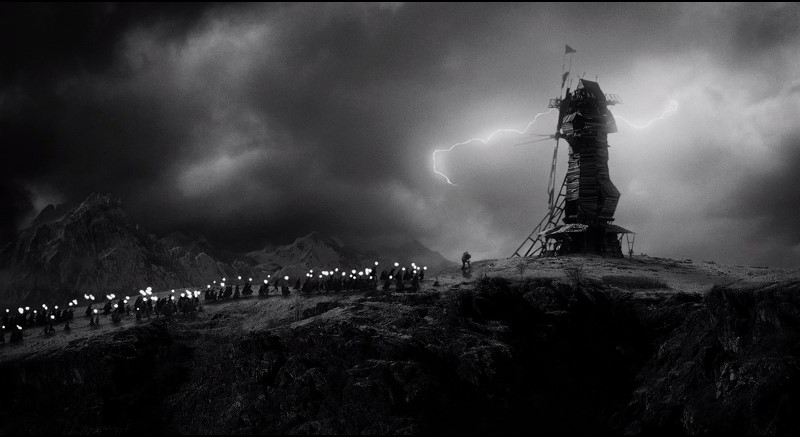
Brownstone Detectives investigates the history of our clients’ homes.
The story you are about to read was composed from research conducted in the course of one of those investigations.
Do you know the history of YOUR house?
********************************************************************************************************************************
It was iconic like the Williamsburg Bank building (1 Hanson Place) at Flatbush Avenue.
It had stood on the same Flatbush farm for 75 years – a relic of our Dutch past and a connection to our Brooklyn roots.
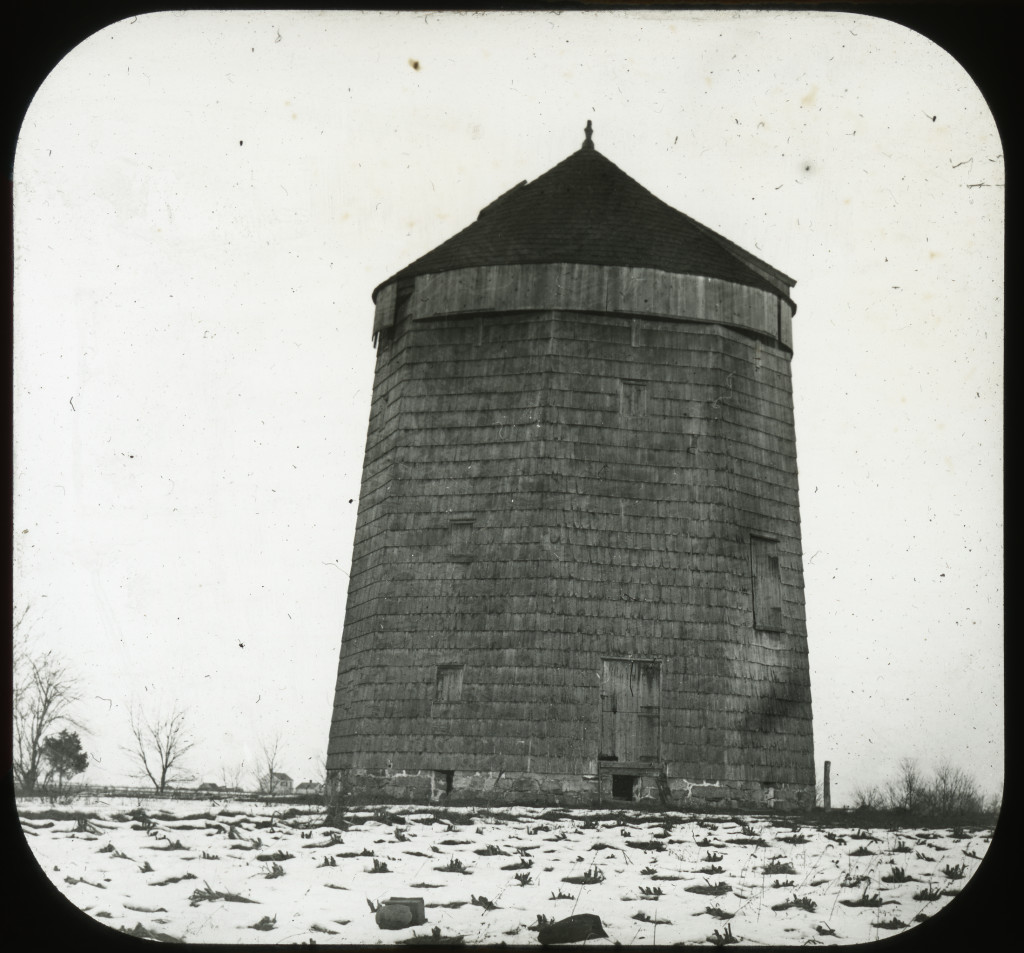
Most Brooklyn residents had never seen it – but everyone knew of it. It had even made such an impression on the psyche of 19th century Brooklynites that socialite Gertrude Lefferts Vanderbilt included its destruction in her book, The Social History of Flatbush.
And, incredibly, it had even had a special significance to the “colored” people of New York and Brooklyn, as it was used during the Civil War draft riots of 1863 – which had spread from New York to Brooklyn – to shelter much of the city’s black population.
By the late 19th century, though, it was no longer operable as a windmill. As landmarks went, however, no one could relegate the structure to any sort of second class status. It was a Brooklyn landmark through and through.
But all of that changed on a single night in 1879 when, through the bottom windows, the Vanderveer windmill began to spout flames.
CONFLAGRATION!
The flames rose so high, filling the eastern expanse of the night’s horizon, that people in the center of Brooklyn could see them.
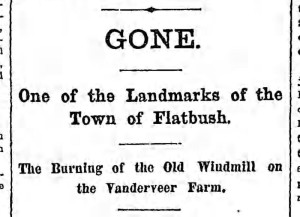
The fire had began at 7 p.m. on 4 March 1879. The flames were seen to burst out of the windows in the lower part of the building. An alarm was speedily given “and some vain effort made to check the progress of the fire.” This attempt, however, was “most ineffectual, for there was not a drop of water to be had within five or six hundred yards, and that only from a well.“
Slowly but surely the fire made headway in the sturdy old structure and soon enveloped it altogether.
By nine or ten o’clock “a perfect crowd of villagers formed a ring around the burning mill, most of them remaining clear through the night watching the work of destruction with the greatest of interest.”
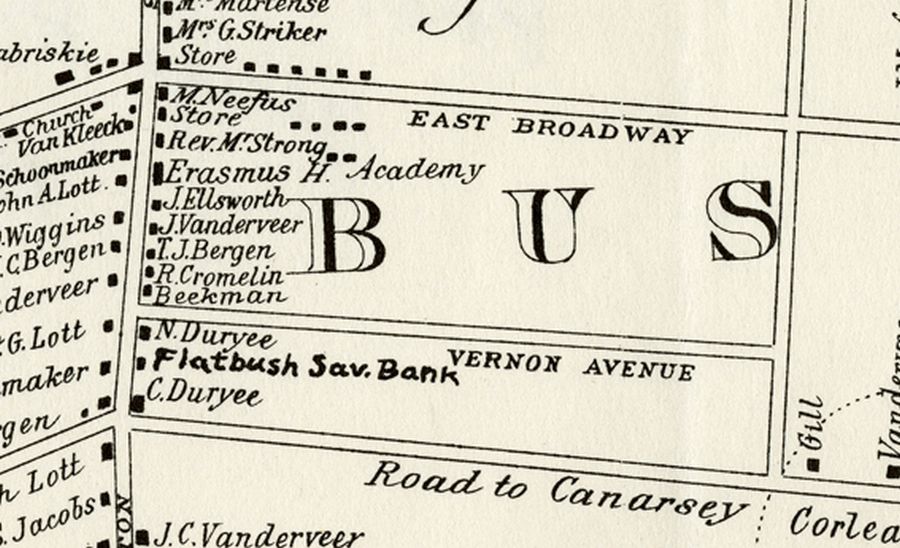
The huge wooden sails which had already been dismantled and were “fallen into decay” were soon “so weakened by the heat as to fall a burning mass of ruin upon the ground.”
By 9 o’clock, the flames were so bright that many persons in other parts of the city “had an idea that there was some large fire in Brooklyn.”
MALINTENT OR CARELESSNESS?
It was decided by some that the mill had been set on fire through some sort of spite directed at the Vanderveer family. Others, though, believed that it had been accidental and was the result of “the careless handling of matches, by some thieves who are supposed to have frequented the place.”
In the mill’s later years, it had fallen into disuse as a windmill, and was rented out to a man named Craimer, who used it to store oats in. According to Craimer, often in the morning when he went to the place, he found “indisputable evidence of the building having been tenanted during the night, by thieves or tramps. These fellows would evidently make a bed out of the oats, very likely half burying themselves so as to keep warm.”
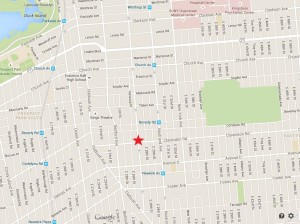
Although it was supposed that some person who had a spite against the Vanderveers or against Mr. Craimer, had “maliciously fired the building,” there did not appear to be any basis for the supposition and no one was ever charged.
THE MILL’S CONSTRUCTION
The Vanderveer Windmill was the first windmill erected on Long Island. Built by farmer John C. Vanderveer, it was completed in 1805. It was “of immense strength, the main timbers being 28 feet high and 2 and a half feet thick, hewn from trees grown on the farm.”
The structure was four stories high with a stone foundation of about three feet thick. The arms and sails were 26 feet long. The sails were first blown off in the “famous September gale of 1821,” and repaired.
About 10 years later, the sails were again blown off. This time, however, they were not repaired, and the building began to be used as a storehouse for hay – of which the mill was full at the time of the fire.
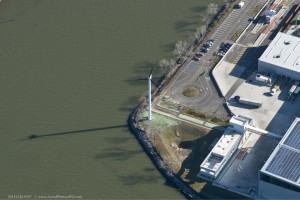
When the windmill was in use, farmers came from the adjoining counties with their grist. The view from the upper windows “was very fine, and included Coney Island, the Narrows, Jersey, and Rockaway, and all places with a radius of 20 miles.”
THE RETURN OF THE MILLS
Recently the New York Times featured a story on the return of mills to Brooklyn. While not of the same stout construction and not used for the same purpose, these mills are being utilized to harness the energy of the wind to power a turbine creating electrical energy for a recycling plant on a pier in the South Brooklyn Marine Terminal.
If Farmer Vanderveer were around today to see his legacy, he would probably be a very proud man.
———————————————————————————————————————–
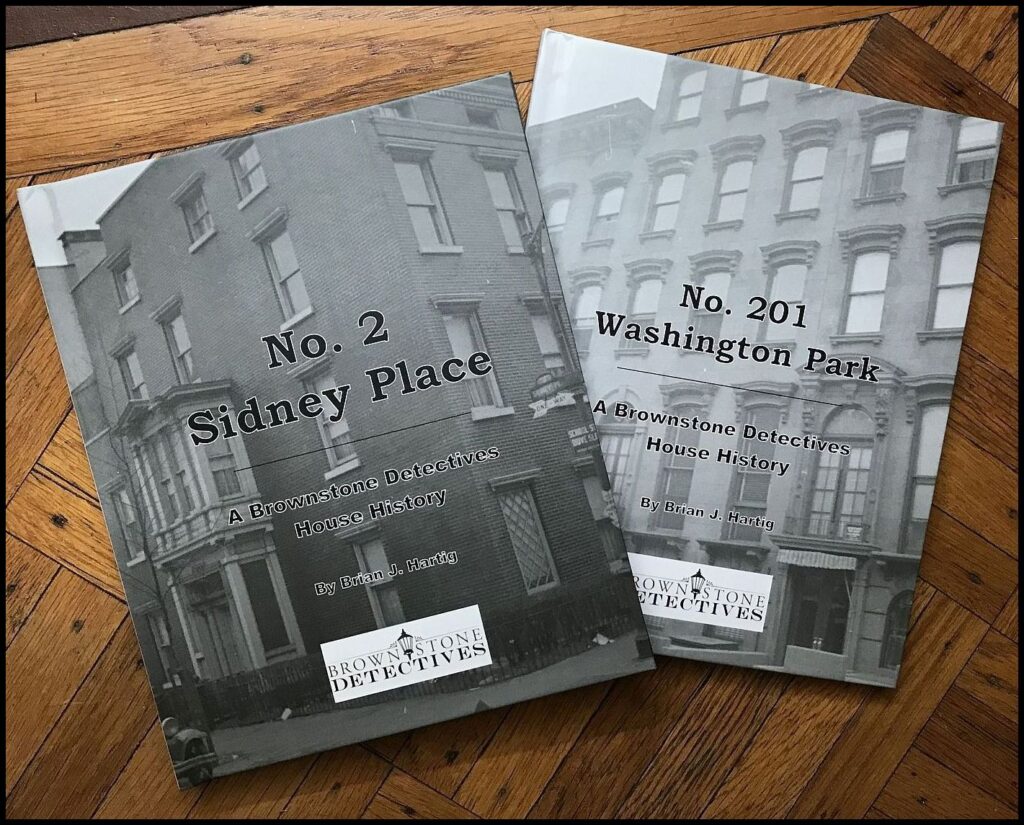 Brownstone Detectives is an historic property research agency. Our mission is to document and save the histories of our clients’ homes. From our research, we produce our celebrated House History Books and House History Reports. Contact us today to begin discovering the history of your home.
Brownstone Detectives is an historic property research agency. Our mission is to document and save the histories of our clients’ homes. From our research, we produce our celebrated House History Books and House History Reports. Contact us today to begin discovering the history of your home.